Nice as long as we get hacking under control.
Brain Computer Interface (BCI) Market — Global Industry Analysis, Size, Share, Growth, Trends and Forecast 2015 — 2023.

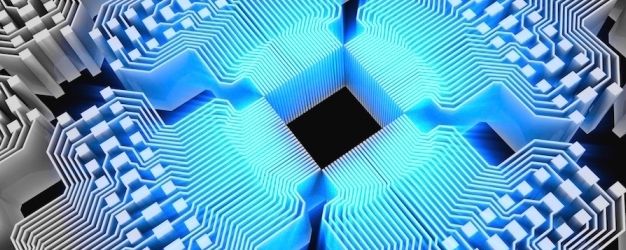
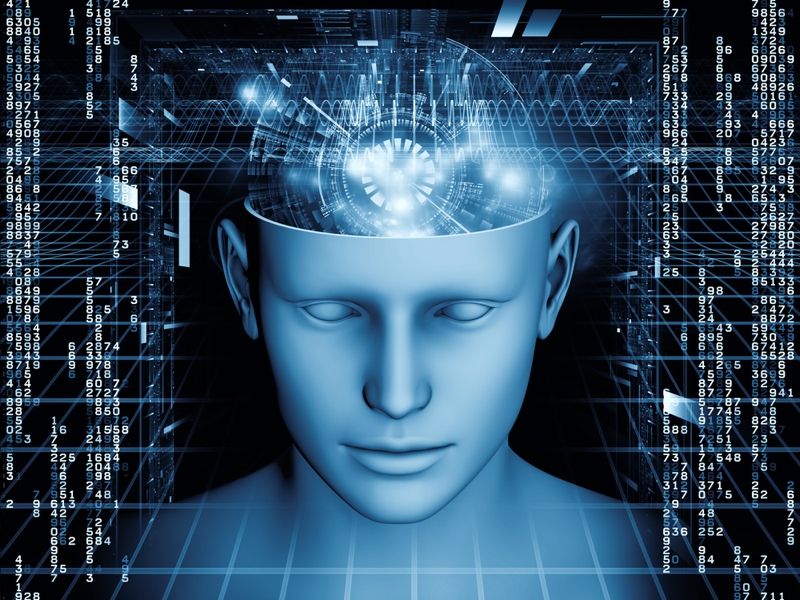
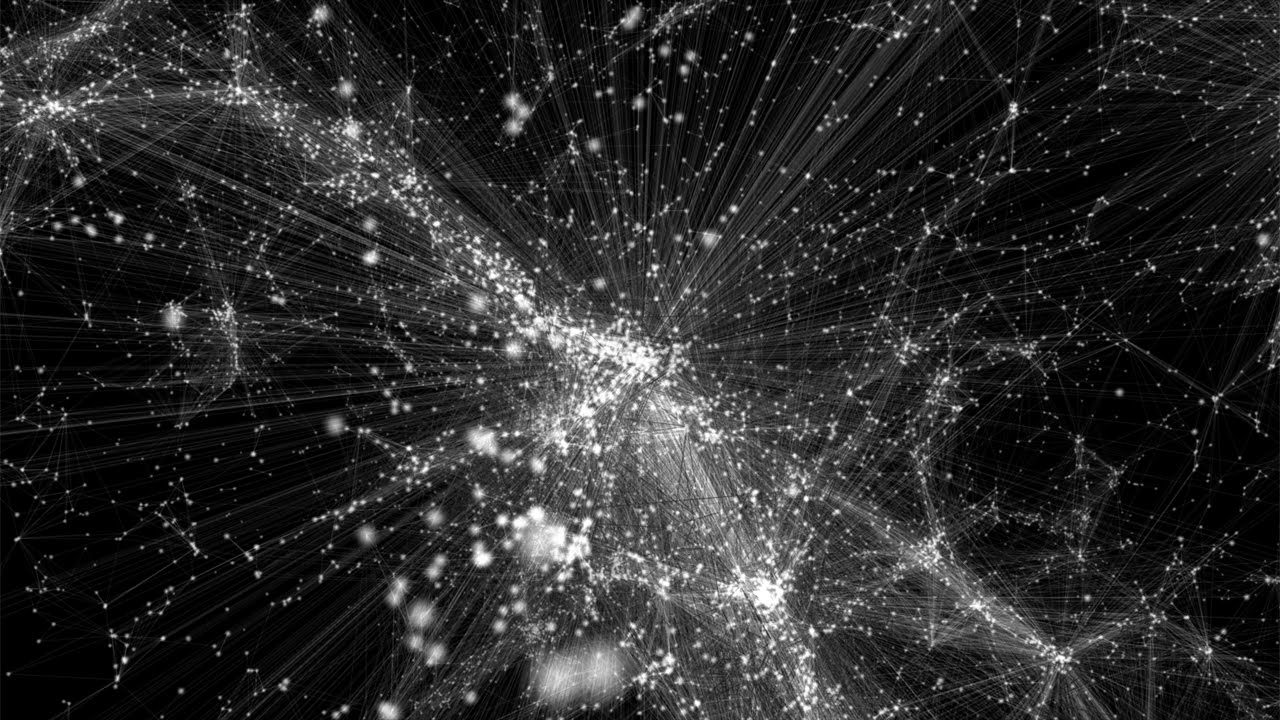
Ever notice how maps of the large structures of the Universe look like maps of the brain or a Pollock painting?
On the grandest scale, our universe is a network of galaxies tied together by the force of gravity. Cosmic Web, a new effort led by cosmologists and designers at Northeastern’s Center for Complex Network Research, offers a roadmap toward understanding how all of those tremendous clusters of stars connect—and the visualizations are stunning.
The images below show us several hypothetical architectures for our universe, built from data on 24,000 galaxies. By varying the construction algorithm, the researchers have designed cosmic webs that link up in a number of different ways; based on the size, proximity, and relative velocities of individual galaxies. I call it God View.
“Before, the cosmic web was more like a metaphor,” Kim Albrecht, the designer behind the new visualizations told Gizmodo. “This is the first time somebody has made these calculations and thought about it as an actual network.”
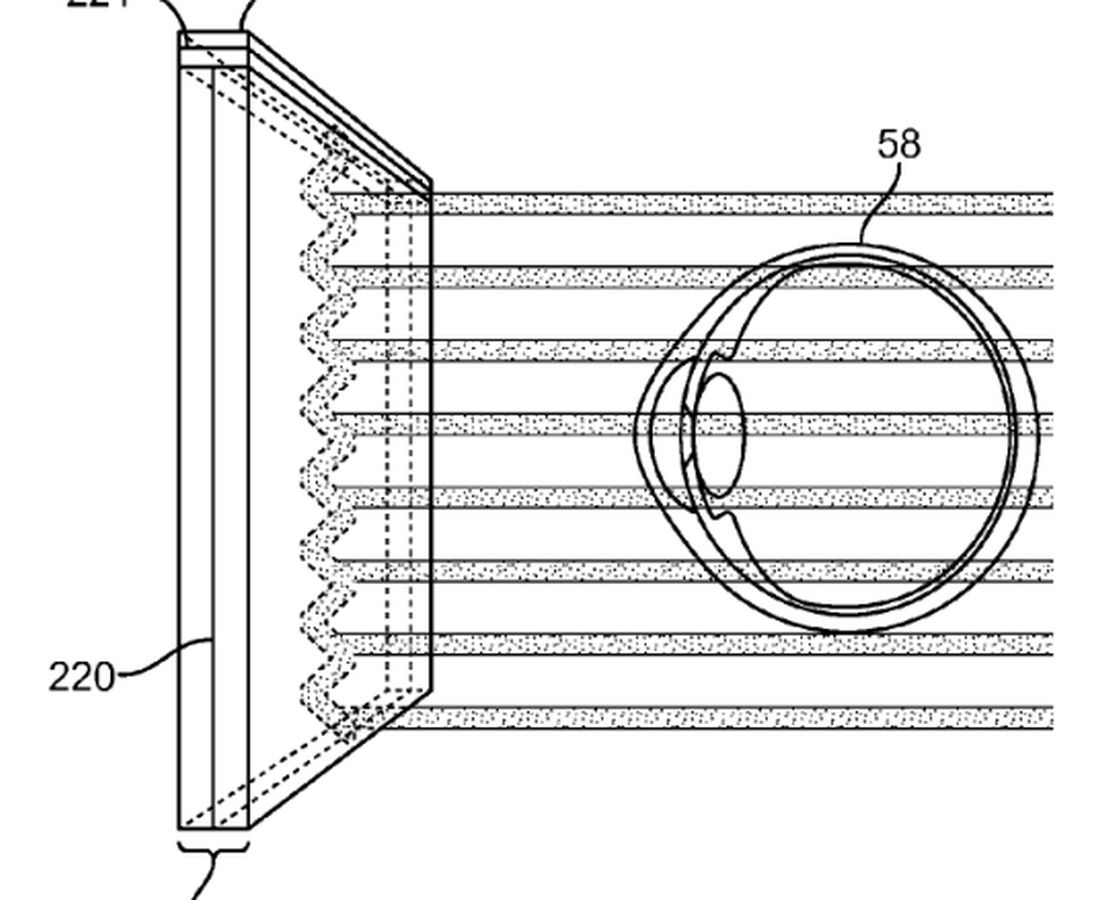
Over the past few days, Wired has published some articles that give us the closest look yet at the ambitious, enigmatic augmented reality company called Magic Leap. They’ve left us with both a lot of fascinating possibilities and a lot of questions, because most of Magic Leap’s technological explanations are couched in the language of either science fiction or, well, magic. As poetic as “[talking] to the GPU of the brain” and “dreaming with your eyes open” sounds, this is probably the clearest and most interesting description of Magic Leap’s work in the piece:
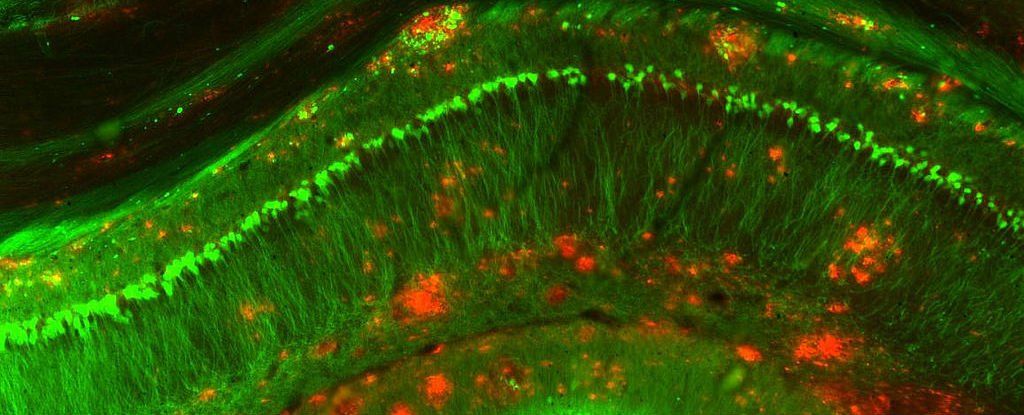
“IL-33 is a protein produced by various cell types in the body and is particularly abundant in the central nervous system (brain and spinal cord),” says lead researcher, Eddy Liew from the University of Glasgow in the UK. “We found that injection of IL-33 into aged APP/PS1 mice rapidly improved their memory and cognitive function to that of the age-matched normal mice within a week.”
Before we go any further, we should make it clear that these results are restricted to mice only, and at this stage, we have no idea if they will translate at all in humans with Alzheimer’s.
And the odds aren’t great — one study put successful translation of positive results in mice to humans at a rate of about 8 percent, so we can never get too excited until we see how things fare in human trials.

Many think author, inventor and data scientist Ray Kurzweil is a prophet for our digital age. A few say he’s completely nuts. Kurzweil, who heads a team of more than 40 as a director of engineering at Google, believes advances in technology and medicine are pushing us toward what he calls the Singularity, a period of profound cultural and evolutionary change in which computers will outthink the brain and allow people—you, me, the guy with the man-bun ahead of you at Starbucks—to live forever. He dates this development at 2045.
Raymond Kurzweil was born February 12, 1948, and he still carries the plain, nasal inflection of his native Queens, New York. His Jewish parents escaped Hitler’s Austria, but Kurzweil grew up attending a Unitarian church. He worshipped knowledge above all, and computers in particular. His grandmother was one of the first women in Europe to earn a Ph.D. in chemistry. His uncle, who worked at Bell Labs, taught Ray computer science in the 1950s, and by the age of 15, Kurzweil was designing programs to help do homework. Two years later, he wrote code to analyze and create music in the style of various famous composers. The program won him the prestigious Westinghouse Science Talent Search, a prize that got the 17-year-old an invitation to the White House. That year, on the game show I’ve Got a Secret, Kurzweil pressed some buttons on a data processor the size of a small car. It coughed out original sheet music that could have been written by Brahms.
After earning degrees in computer science and creative writing at MIT, he began to sell his inventions, including the first optical character recognition system that could read text in any normal font. Kurzweil knew a “reading machine” could help the blind, but to make it work, he first had to invent a text-to-speech synthesizer, as well as a flatbed scanner; both are still in wide use. In the 1980s Kurzweil created the first electronic music keyboard to replicate the sound of a grand piano and many other instruments. If you’ve ever been to a rock concert, you’ve likely seen the name Kurzweil on the back of a synthesizer.
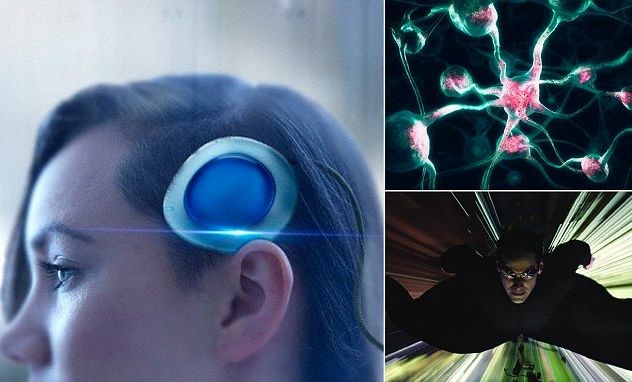
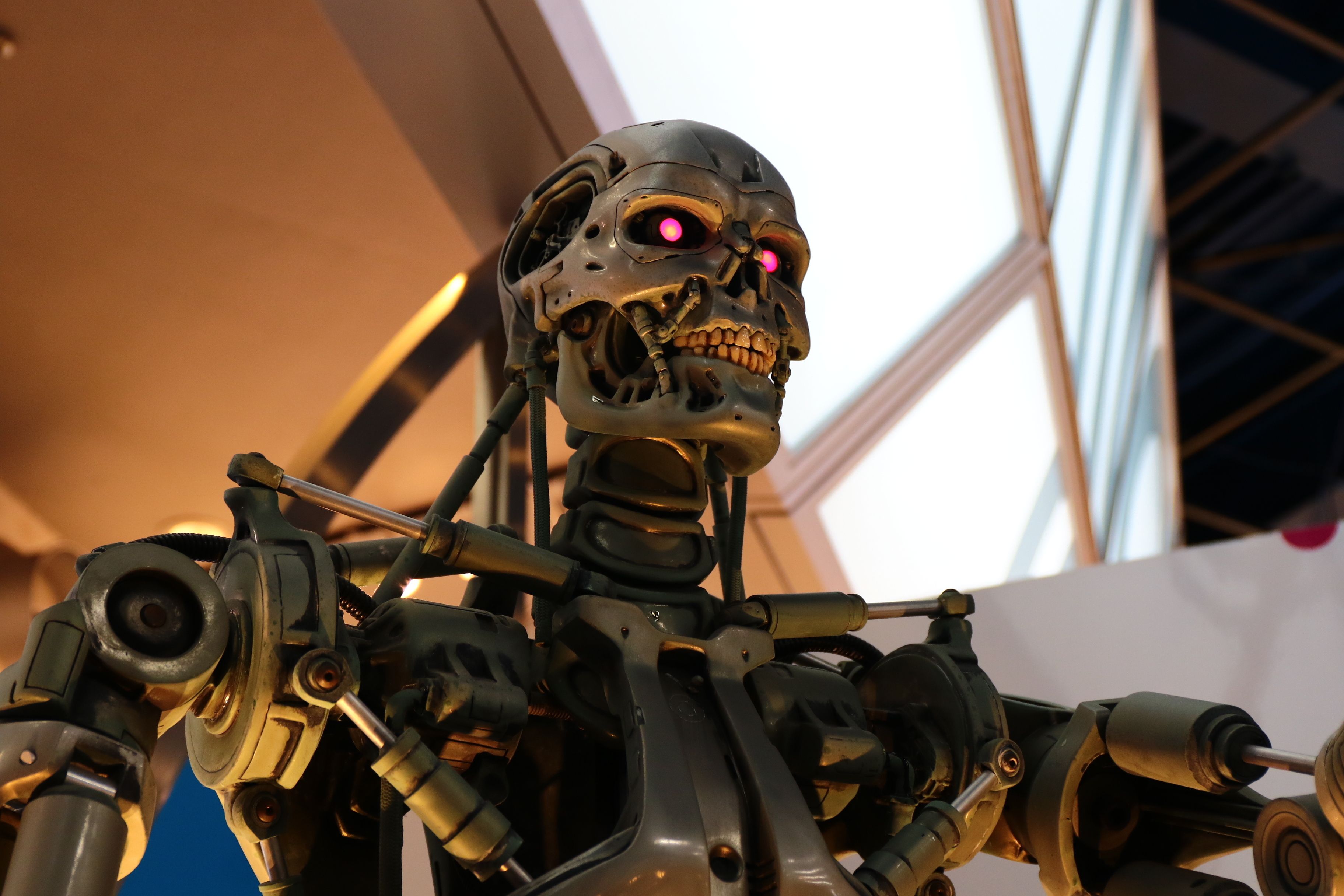
Again; many problems with AI & IoT all ties back to the infrastructure of things. Focus on fast tracking QC and an interim solution (pre-QC) such as a mix of Nvidia’s GPU, blockchain for financial transactions, etc. to improve the infrastructure and Net then investors will begin to pay more attention to AI, etc.
After more than 60 years since its conceptual inception — and after too many hype-generating moments — AI is yet again making its presence felt in mainstream media.
Following a recent WEF report, many perceive AI as a threat to our jobs, while others even go so far to assert that it poses a real threat to humanity itself.
What is clear for the time being is that there are many questions that still remain unanswered: Can we actually create conscious machines that have the ability to think and feel? What we do we mean by the word conscious in the first place? What is the accurate definition of intelligence? And what are the implications of combining the Internet of Things (IoT) with intelligence?
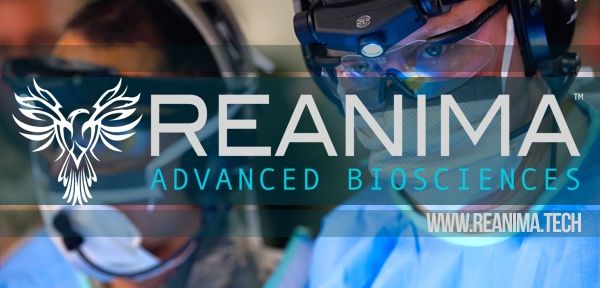
Bioquark, Inc., (http://www.bioquark.com) a company focused on the development of novel biologics for complex regeneration and disease reversion, and Revita Life Sciences, (http://revitalife.co.in) a biotechnology company focused on translational therapeutic applications of autologous stem cells, have announced that they have received IRB approval for a study focusing on a novel combinatorial approach to clinical intervention in the state of brain death in humans.
This first trial, within the portfolio of Bioquark’s Reanima Project (http://www.reanima.tech) is entitled “Non-randomized, Open-labeled, Interventional, Single Group, Proof of Concept Study With Multi-modality Approach in Cases of Brain Death Due to Traumatic Brain Injury Having Diffuse Axonal Injury” (https://clinicaltrials.gov/ct2/show/NCT02742857?term=bioquark&rank=1), will enroll an initial 20 subjects, and be conducted at Anupam Hospital in Rudrapur, Uttarakhand India.
“We are very excited about the approval of our protocol,” said Ira S. Pastor, CEO, Bioquark Inc. “With the convergence of the disciplines of regenerative biology, cognitive neuroscience, and clinical resuscitation, we are poised to delve into an area of scientific understanding previously inaccessible with existing technologies.”
Death is defined as the termination of all biological functions that sustain a living organism. Brain death, the complete and irreversible loss of brain function (including involuntary activity necessary to sustain life) as defined in the 1968 report of the Ad Hoc Committee of the Harvard Medical School, is the legal definition of human death in most countries around the world. Either directly through trauma, or indirectly through secondary disease indications, brain death is the final pathological state that over 60 million people globally transfer through each year.
While human beings lack substantial regenerative capabilities in the CNS, many non-human species, such as amphibians, planarians, and certain fish, can repair, regenerate and remodel substantial portions of their brain and brain stem even after critical life-threatening trauma.
Additionally, recent studies on complex brain regeneration in these organisms, have highlighted unique findings in relation to the storage of memories following destruction of the entire brain, which may have wide ranging implications for our understanding of consciousness and the stability of memory persistence.
“Through our study, we will gain unique insights into the state of human brain death, which will have important connections to future therapeutic development for other severe disorders of consciousness, such as coma, and the vegetative and minimally conscious states, as well as a range of degenerative CNS conditions, including Alzheimer’s and Parkinson’s disease,” said Dr. Sergei Paylian, Founder, President, and Chief Science Officer of Bioquark Inc.
Over the years, clinical science has focused heavily on preventing such life and death transitions and made some initial progress with suspended animation technologies, such as therapeutic hypothermia. However, once humans transition through the brain death window, currently defined by the medical establishment as “irreversible”, they are technically no longer alive, despite the fact that human bodies can still circulate blood, digest food, excrete waste, balance hormones, grow, sexually mature, heal wounds, spike a fever, and gestate and deliver a baby. It is even acknowledged by thought leaders that recently brain dead humans still may have residual blood flow and electrical nests of activity in their brains, just not enough to allow for an integrated functioning of the organism as a whole.
“We look forward to working closely with Bioquark Inc. on this cutting edge clinical initiative,” said Dr. Himanshu Bansal, Managing Director of Revita Life Sciences.
About Bioquark, Inc.
Bioquark Inc. is focused on the development of natural biologic based products, services, and technologies, with the goal of curing a wide range of diseases, as well as effecting complex regeneration. Bioquark is developing both biological pharmaceutical candidates, as well as products for the global consumer health and wellness market segments.
About Revita Life Sciences
Revita Life Sciences is a biotechnology company focused on the development of stem cell therapies that target areas of significant unmet medical need. Revita is led by Dr. Himanshu Bansal MD, PhD. who has spent over two decades developing novel MRI based classifications of spinal cord injuries as well as comprehensive treatment protocols with autologous tissues including bone marrow stem cells, dural nerve grafts, nasal olfactory tissues, and omental transposition.